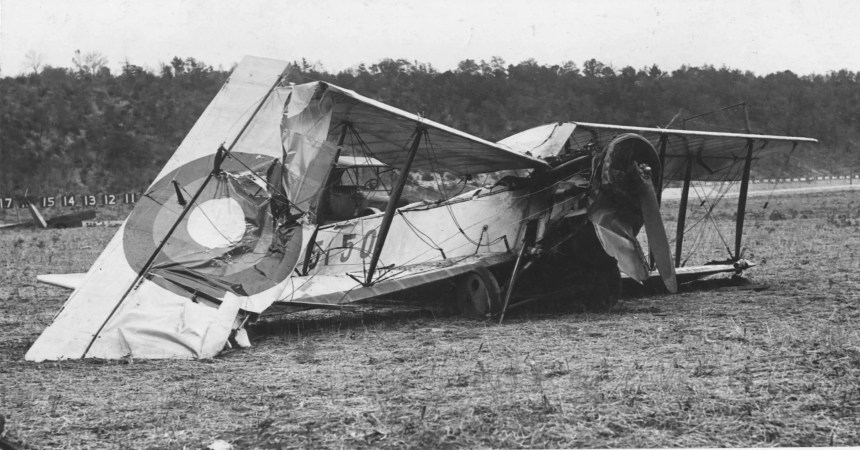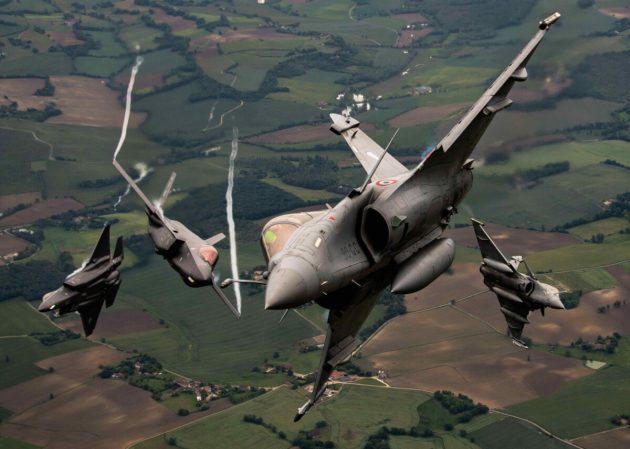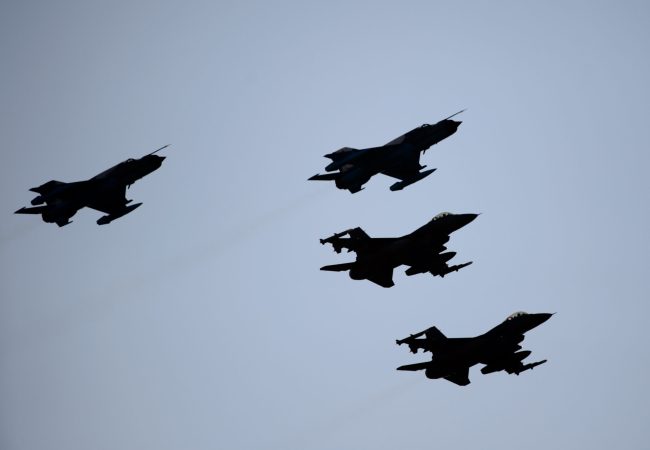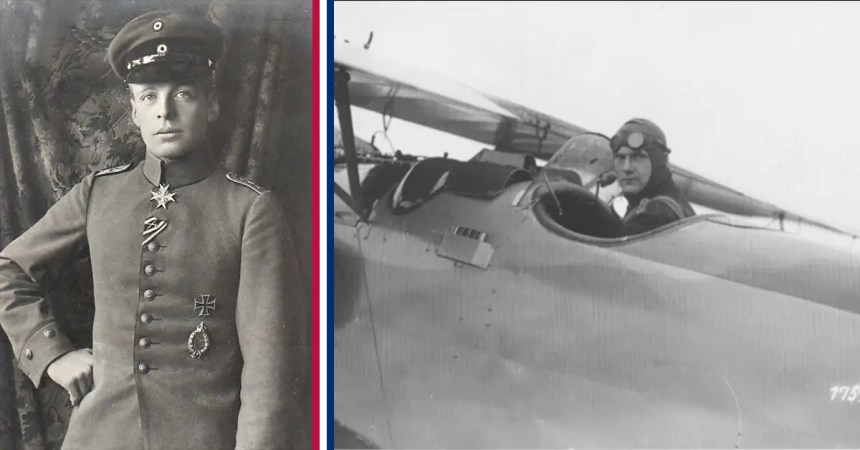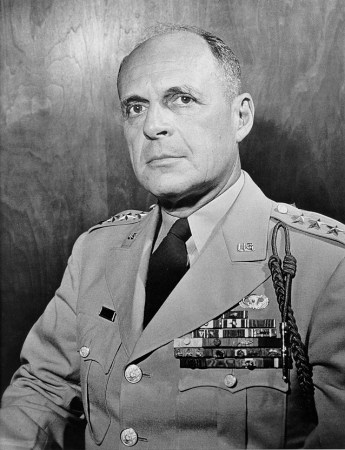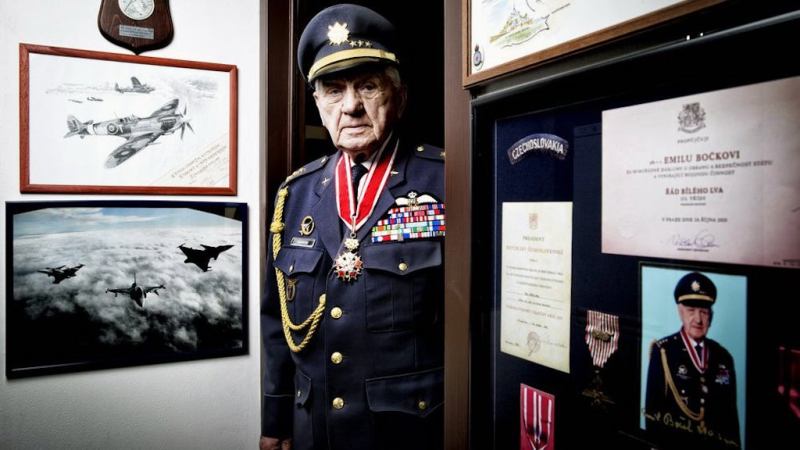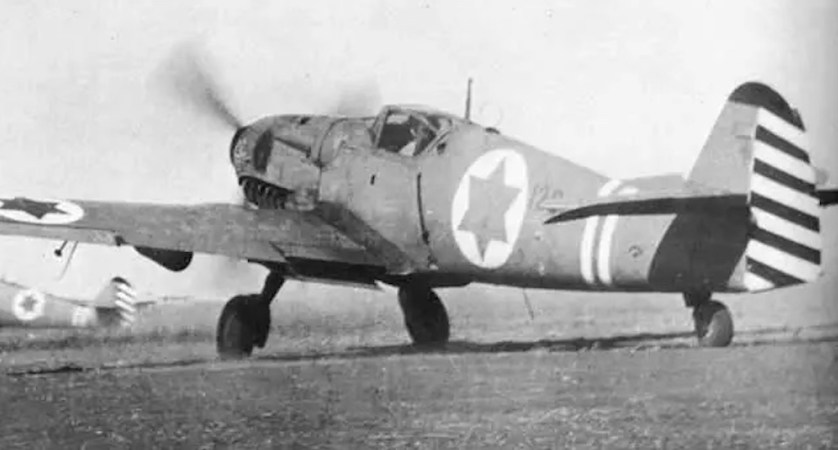After joining the RAF in 1928, Douglas Bader was assigned to a flight squadron flying Bristol Bulldogs at Wrigley Airfield. During one of his flights, Bader was reportedly ordered not to perform any aerial acrobatics maneuvers or fly below 2,000 feet.
He didn’t listen.
While trying to show off his unique skills, Bader accidentally crashed his plane and ended up crushing both of his legs. The downed pilot was rescued and later fitted with prosthetic legs and had to relearn how to walk.
Related: This is how the ‘Handsomest Man in the Luftwaffe’ lost his looks
Reportedly, doctors determined he’d probably never fly again — they were wrong.
Now grounded, Bader learned new skills, like dancing and playing tennis and golf. His rehabilitation was going well, but he wanted to get back into the air and fly.

For the next few years, Bader requested piloting roles in the RAF but kept getting denied. It was recommended he go to the Center Flying School to test his abilities with the new, modern planes. The biplanes he once flew were “out of the fight” and had since been replaced by the more modern fighters, like the Hurricane and Spitfire.
He passed the tests with flying colors.
By 1940, Bader was assigned to the 19th Squadron and was given a Spitfire to undertake flying patrol missions. Soon after, he finally saw action over Dunkirk as he provided overwatch during the evacuation and took down two German planes in the process.
While flying his plane, Bader discovered a shocking new advantage. Since he didn’t have legs, he was unlikely to black out from the effects of G-force.
When a pilot conducts aggressive maneuvering, blood flows out of the brain and travels downward, toward the legs. Since Bader was a double amputee, he managed to stay in the fight much longer than his enemies — his blood had nowhere to go.
After the conflict at Dunkirk, the now-experienced pilot was promoted to squadron leader.

The squadron mainly consisted of Canadians, and their morale appeared to be low due to a high casualty rate. As Bader began racking up kills once again, the men’s confidence quickly rose.
Bader managed to tally 25 confirmed kills before taking too much damage and crash landing once again.
Also Read: This WW2 Ace fought for both sides of the war
The Germans took the flying ace prisoner. He attempted numerous escapes but was recaptured each time. He’d remain a POW until 1945 when he was liberated from the prison camp by U.S. forces.
Learn more about this unique ace in the video below:
(Simple History | YouTube)










